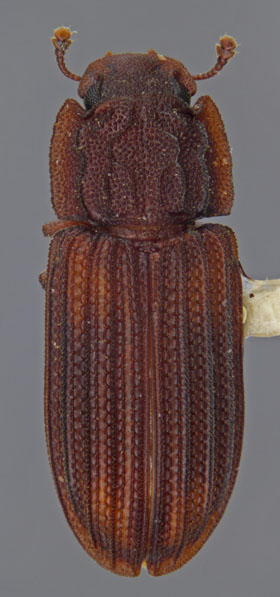
 |
| Home ¦ Ironclads ¦ Key to Genera & Species ¦ Fact Sheets ¦ Gallery ¦ Morphological Atlas ¦ Glossary ¦ References ¦ About |
Genus: PhloeonemusDiagnostic Features
Species Diagnoses
|
 Phloeonemus catenulatus © N.P. Lord |
||||||
© 2011-2015 Lord, N.P., Nearns, E.H., and K.B. Miller The University of New Mexico and Center for Plant Health Science and Technology, USDA, APHIS, PPQ. |
|||||||